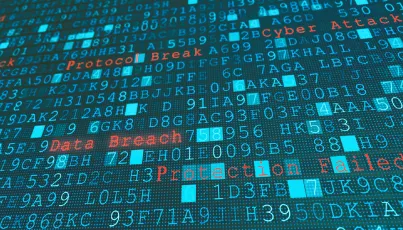Managed Security Operations

Data security, classification, compliance, and security laws and regulations are constantly changing GDPR and CCPA recently increased the burden on corporations to manage and comply with new laws. At the same time, sophisticated cyber-threats are on the rise, pressuring corporations to ensure that their enterprise security mechanisms are analyzing the increasing log volumes, protecting endpoints, effectively managing security incidents, and providing early threat detection.
Our Managed Security Operations Services

Data Loss Prevention and Data Classification

SIEM Tools: Design and Implementation

Endpoint Detection and Response (EDR) Solution

Security Operations Center - Operations

“As a fully managed security operations service provider, Xoriant has the team, tools, and technology to deliver end-to-end security management for your applications and infrastructure. We monitor and provide intelligent alerts and reporting, combat ever-changing threats, help identify security incidents, and implement enterprise-level security governance.”


